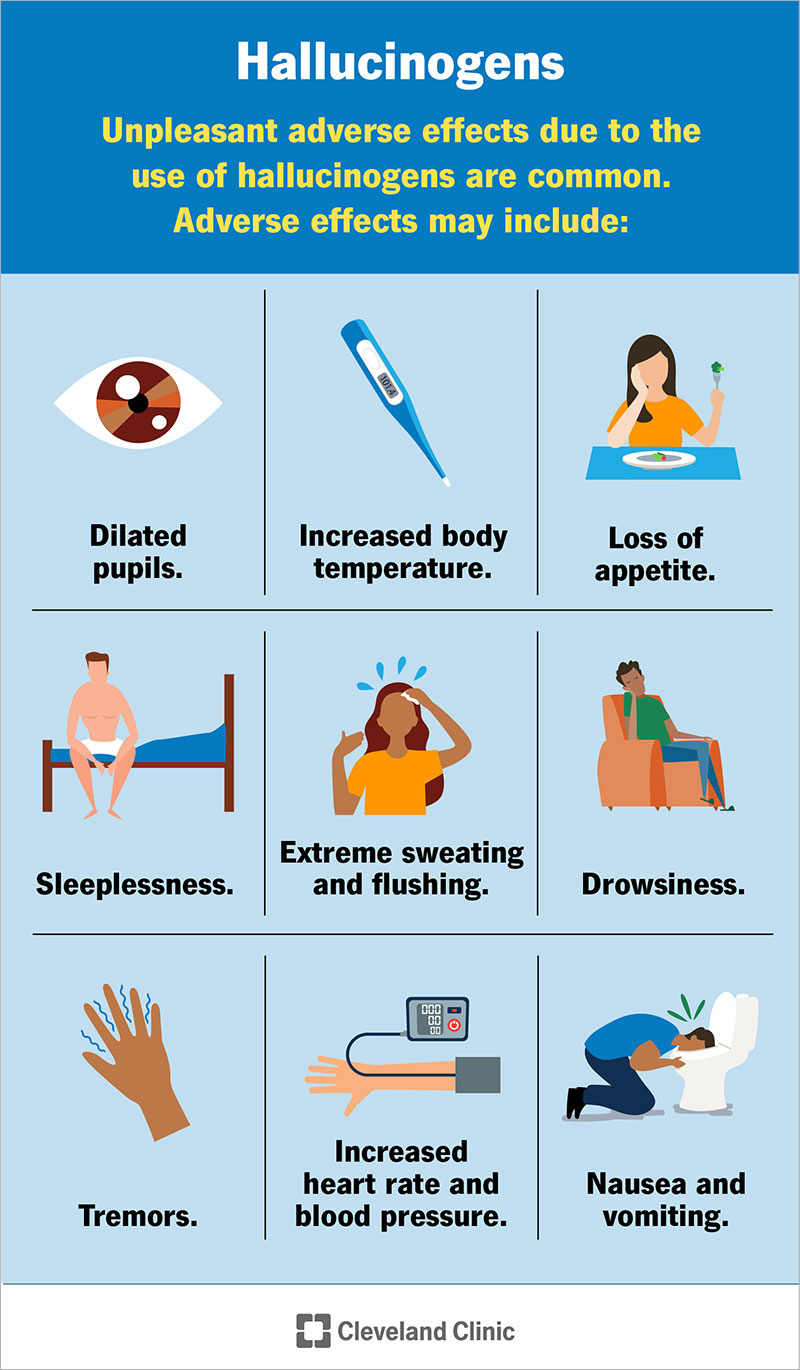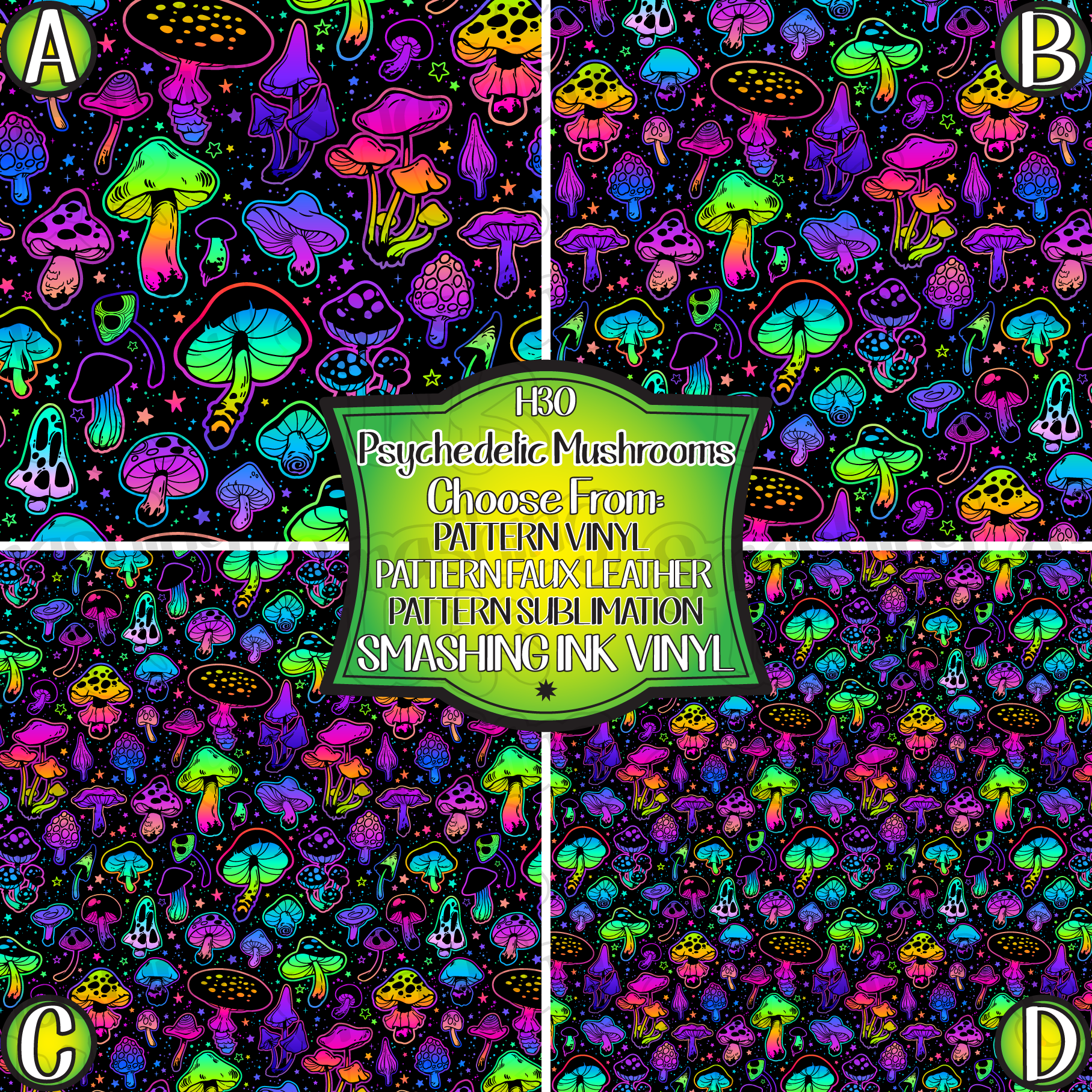Everything About Psychotomimetic Substances: Their Role in Psychological Study
Psychotomimetic compounds, such as LSD and psilocybin, have gathered increasing passion in mental research study for their capability to duplicate psychotic symptoms and give insight into numerous psychological health and wellness problems. Their interactions within the mind, especially through serotonin and dopamine pathways, suggest a complicated partnership in between consciousness and neurobiology that might unlock unique healing avenues. As researchers proceed to investigate their possible applications, honest considerations surrounding their use in clinical setups become vital, increasing crucial concerns regarding safety and informed consent that warrant further expedition.
Definition of Psychotomimetic Compounds
In the realm of emotional study, psychotomimetic compounds are compounds that can generate effects resembling those of psychosis, such as hallucinations, delusions, and transformed assumptions of reality - About Golden Psycho. These compounds can be categorized right into different categories, consisting of hallucinogens, dissociatives, and particular energizers, each creating distinct emotional impacts
The medicinal action of psychotomimetic substances usually includes modulation of natural chemical systems, specifically those pertaining to serotonin, dopamine, and glutamate. As an example, materials like lysergic acid diethylamide (LSD) mainly act on serotonin receptors, leading to extensive changes in sensory perception and cognition.
The energy of psychotomimetics in research study hinges on their ability to resemble psychotic symptoms, offering a design for recognizing the hidden devices of psychotic conditions such as schizophrenia. By examining the effects of these substances, scientists can acquire insights into the neurobiological and emotional processes that add to psychosis.
Moreover, psychotomimetic substances have actually been explored for their therapeutic possibility in dealing with different psychological health problems, consisting of depression and anxiousness, highlighting their double role in both research study and possible clinical applications.
Historical Advancement and Context
The expedition of psychotomimetic substances has a rich historic context that dates back to ancient worlds, where substances such as psilocybin mushrooms and peyote were made use of in spiritual and recovery practices. These early uses frequently linked with religious routines, recommending an extensive reverence for the modified states of awareness induced by these compounds.
The mid-20th century noted a substantial turning point in the research of psychotomimetic materials, especially with the synthesis of LSD by Albert Hofmann in 1938. The subsequent popularization of LSD in the 1960s catalyzed a wave of rate of interest in both its emotional effects and prospective restorative applications. Scientists started to check out just how these compounds might simulate psychotic states, offering understandings right into mental ailment.
Nevertheless, the raising association of psychotomimetics with counterculture motions brought about regulatory reaction, finishing in the criminalization of much of these substances. Despite these obstacles, the resurgence of interest in the healing possibility of psychedelics in the 21st century has motivated restored research. This historical trajectory highlights the progressing understanding of psychotomimetic compounds, changing from sacred compounds to subjects of scientific inquiry and, potentially, healing assurance.
Systems of Action
Recognizing the devices of action of psychotomimetic compounds exposes the intricate methods these substances communicate with the mind's neurochemistry. These substances largely apply their effects through modulation of natural chemical systems, specifically serotonin, dopamine, and glutamate. For circumstances, lots of classic psychedelics, such as psilocybin and LSD, mostly act as agonists at serotonin 5-HT2A receptors, leading to altered perception and cognition. This interaction not only influences sensory handling but likewise boosts psychological and reflective experiences.
In addition to serotonin, dopaminergic pathways are substantially influenced by substances like mescaline and certain cannabinoids, which can result in transformed states of consciousness and adjustments in state of mind and inspiration. The NMDA receptor incongruity observed with materials like ketamine highlights an additional published here pathway through which psychotomimetics might induce dissociative states and extensive changes in believed procedures.
The neurochemical cascades initiated by these communications cause complicated and complex psychological impacts. Comprehending these mechanisms is essential for both the advancement of emotional research study and the therapeutic potential of psychotomimetic substances, as they supply insights right into the underlying neural correlates of modified states of consciousness.
Current Study and Applications
Current examinations into psychotomimetic compounds have actually exposed a revival of interest in their healing applications, specifically in the areas of psychiatry and psychology. Researchers have actually started discovering materials such as psilocybin, LSD, and ayahuasca for their potential to alleviate symptoms connected with different mental health disorders, including depression, anxiety, and PTSD.
Professional tests have actually demonstrated that, when provided in controlled settings, these substances can promote extensive mental experiences, advertising psychological developments and improved restorative outcomes. For example, studies have actually shown that psilocybin-assisted therapy can bring about considerable decreases in treatment-resistant clinical depression, with impacts lasting for several months post-treatment.
Additionally, psychotomimetic compounds are being examined for their capability to promote neuroplasticity, possibly permitting for even more efficient rewiring of maladaptive thought patterns. These findings recommend that such substances might offer as accessories to traditional psychotherapeutic techniques, boosting the efficacy of therapeutic interventions.
As research study proceeds, the emphasis is changing towards understanding the optimum does, restorative setups, and participant features that can maximize the advantages of these compounds. This blossoming area holds assurance for transforming psychological health treatment standards and addressing the constraints of standard psychiatric drugs.
Ethical Considerations in Study

Navigating the honest landscape of research involving psychotomimetic compounds is important to making sure individual safety and security and the honesty of research results. Scientists must focus on enlightened permission, ensuring that individuals completely comprehend the possible dangers and advantages associated with the compounds being researched. This includes offering in-depth info about possible emotional results, including acute and long-term effects, and permitting individuals the possibility to take out from the study at any moment scot-free.
Furthermore, ethical oversight by institutional review boards (IRBs) is vital. IRBs assess study protocols to safeguard individual welfare and copyright ethical criteria. This examination helps explanation alleviate risks and makes sure that research studies are conducted with scientific rigor. Additionally, the possibility for threat must be carefully assessed, especially when susceptible populaces are included.
Confidentiality is one more extremely important consideration. Scientists need to implement durable procedures to safeguard participants' identities and information, especially provided the sensitive nature of experiences connected with psychotomimetic compounds (About Golden Psycho). Ultimately, a commitment to moral techniques not only cultivates depend on between scientists and individuals however likewise boosts the credibility and credibility of the research results, contributing to the development of psychological expertise

Conclusion
To conclude, psychotomimetic substances, review particularly traditional psychedelics such as LSD and psilocybin, deal considerable understandings into emotional problems with their special devices of activity. Their healing capacity in attending to conditions like anxiousness and PTSD underscores the relevance of continued research in this field. Making certain honest criteria in research practices is vital for individual safety and educated approval, permitting for an accountable exploration of these compounds' benefits and implications within psychological science.